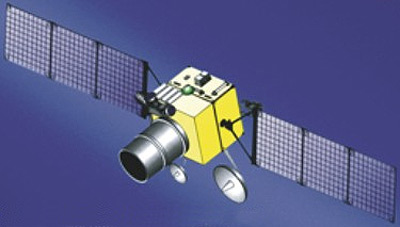Context
-
Recently, Tundra Satellite was successfully placed into orbit a military satellite believed to be part of the Kremlin’s early warning anti-missile system by Russia.
About Tundra Satellite System
- The satellite is thought to be a Tundra Satellite, which is part of Russia’s Kupol or dome early warning anti-missile system.
- A Soyuz rocket carrying a classified payload blasted off from the Plesetsk cosmodrome in northern Russia in the early hours.
- Russia has previously launched Tundra satellites in 2015, 2017 and 2019.

Credit: Skyrocket - Unveiled in 2019, Kupol is designed to detect launches of ballistic missiles and track them to their landing site, though its exact configuration is unknown.
- It is equipped with a secure emergency communication payload that will be used in the event of a nuclear war.
- It is a group of satellites that will replace the Oko-1 system’s early-warning satellites as the next generation of Russian early-warning satellites.
- The final Oko (Eye) satellite (missile defense early warning programme) is said to have stopped functioning in mid-2014, leaving Russia to rely on ground-based missile detection systems.
- They’ll be part of the EKS, or Unified Space System (USS—also known as Kupol or dome), which will contain numerous geostationary orbit satellites.
- Kupol, which was unveiled in 2019, is supposed to detect ballistic missile launches and track them to their target, however, their exact configuration is unknown.
About Tundra Orbit
- A Tundra orbit is a highly elliptical geosynchronous orbit with a high inclination, an orbital period of one sidereal day, and a typical eccentricity between 0.2 and 0.3.
- A satellite placed in this orbit spends most of its time over a chosen area of the Earth, a phenomenon known as apogee dwell, which makes them particularly well suited for communications satellites serving high latitude regions.
- The ground track of a satellite in a Tundra orbit is a closed figure 8 with a smaller loop over either the northern or southern hemisphere.
- This differentiates them from Molniya orbits designed to service high-latitude regions, which have the same inclination but half the period and do not loiter over a single region.
Visit Abhiyan PEDIA (One of the Most Followed / Recommended) for UPSC Revisions: Click Here
IAS Abhiyan is now on Telegram: Click on the Below link to Join our Channels to stay Updated
IAS Abhiyan Official: Click Here to Join
For UPSC Mains Value Edition (Facts, Quotes, Best Practices, Case Studies): Click Here to Join
